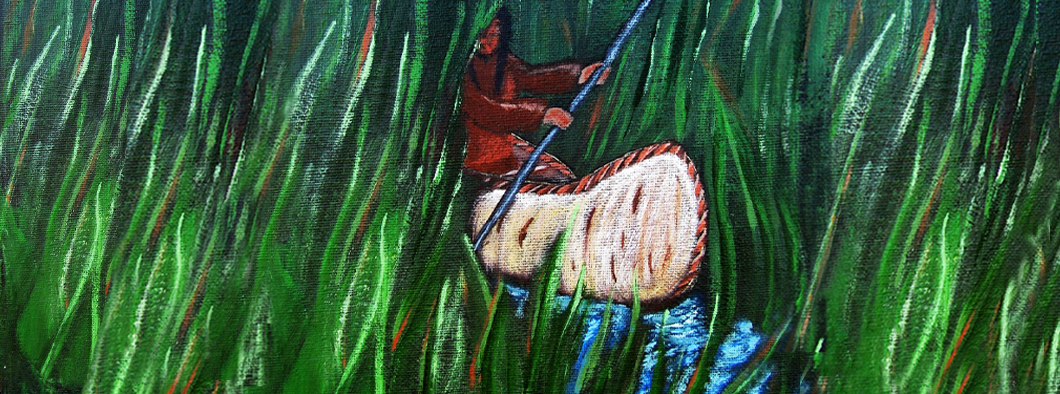Msɨt ta’n koqowey etek wskwitqamuk na teluaq ta’n tl-mimajultiten
How Environment Influences Life
Tan wetawsultiyeq elapetomeq naka eli ‘sossenomeq wiciw okamonuhkewiyik
Theme:
Ta’n Wenin
Identity
Tan Wen Wetapeksit
Global Competencies
Critical Thinking and Problem Solving
- 1. Learner solves meaningful, real-life, complex problems. (Activity 1 and 3)
- 2. Learner sees patterns, makes connections, and transfers learning from one situation to another, including real-world applications. (Activity 1 and 3)
- 3. Learner connects, constructs, relates, and applies knowledge to life including work, friends, and community. (Activity 2 and 3)
Innovation, Creativity, and Entrepreneurship
- 1. Learner contributes solutions to complex social and environmental problems. (Activity 3)
- 2. Learner formulates and expresses insightful questions and opinions to generate novel ideas. (Activity 3)
Learning to Learn/Self-Aware & Self-Directed
- 1. Learner reflects on thinking, experience, values, and critical feedback to enhance learning. (Activity 3)
Collaboration
- 1. Learner participates in groups, establishes positive and respectful relationships, develops trust, acts co-operatively, and with integrity. (Activity 1 and 3)
- 2. Learner learns from, and contributes to, the learning of others. (Activity 1 and 3)
- 3. Learner reflects a diversity of perspectives. (Activity 2)
Communication
- 1. Learner communicates using a variety of media. (Activity 1 and 3)
- 2. Learner communicates effectively and respectfully in oral and written form in French, Passamaquoddy, Mi’kmaw and Wolastoqey Latuwewakon. (Activity 2 and 3)
Global Citizenship and Sustainability
- 1. Learner understands ecological and social forces, their interconnectedness, and how they affect individuals and societies. (Activity 1, 2 and 3)
- 2. Learner acts responsibly and ethically in building sustainable communities. (Activity 3)
- 3. Learner understands Indigenous traditions and knowledge. (Activity 2)
- 4. Learner learns from and with diverse people and develops cross-cultural understanding. (Activity 2)
Curriculum Outcomes
English Language Arts
General Curriculum Outcomes
- 1. Ask and respond to questions to clarify information and explore solutions to problems. (Activity 1, 2, and 3)
- 2. Give and follow instructions and respond to questions and directions. (Activity 1 and 3)
- 3. Use pictures and illustrations to locate topics and obtain or verify understandings of new information. (Activity 2 and 3)
- 8. Discover and express personal attitudes, feelings, and opinions. (Activity 1, 2, and 3)
Health
- 1.3. Identify changes that occur during puberty – emotional (excitement, embarrassment, confusion, fear) and social impact (changes in relationships, attraction to each other) resulting from these changes. (Activity 2)
Physical Education
- 1. Select and combine non-locomotor skills into complex movement sequences with others and with objects. (Activity 1)
Science
- 108-6. Identify their own and their family’s impact on natural resources. (Activity 1 and 3)
- 206-1. Classify according to several attributes and create a chart or diagram that shows the method of classification. (Activity 3)
- 302-1. Identify a variety of local and regional habitats and their associated populations of plants and animals. (Activity 1 and 3)
- 302-2. Describe how various animals are able to meet their basic needs in their habitat. (Activity 1 and 3)
Social Studies
Students will be able to:
- 4.1.1. Explore the concept of exploration. (Activity 2 and 3)
- 4.2.3. Evaluate the impact of exploration over time. (Activity 2)
Associated Text Materials
Grade 4 – Explorations
- p.4 – Create a Primary Source
- p.10 – Exploring the lives of other people
- p.25 – Mina Hubbard’s entry into her journal
- p.50 – What are the consequences of exploration?
- p.92 – How Do Humans and Earth Interact?
- p.108 – Pulling It Together Question 1





